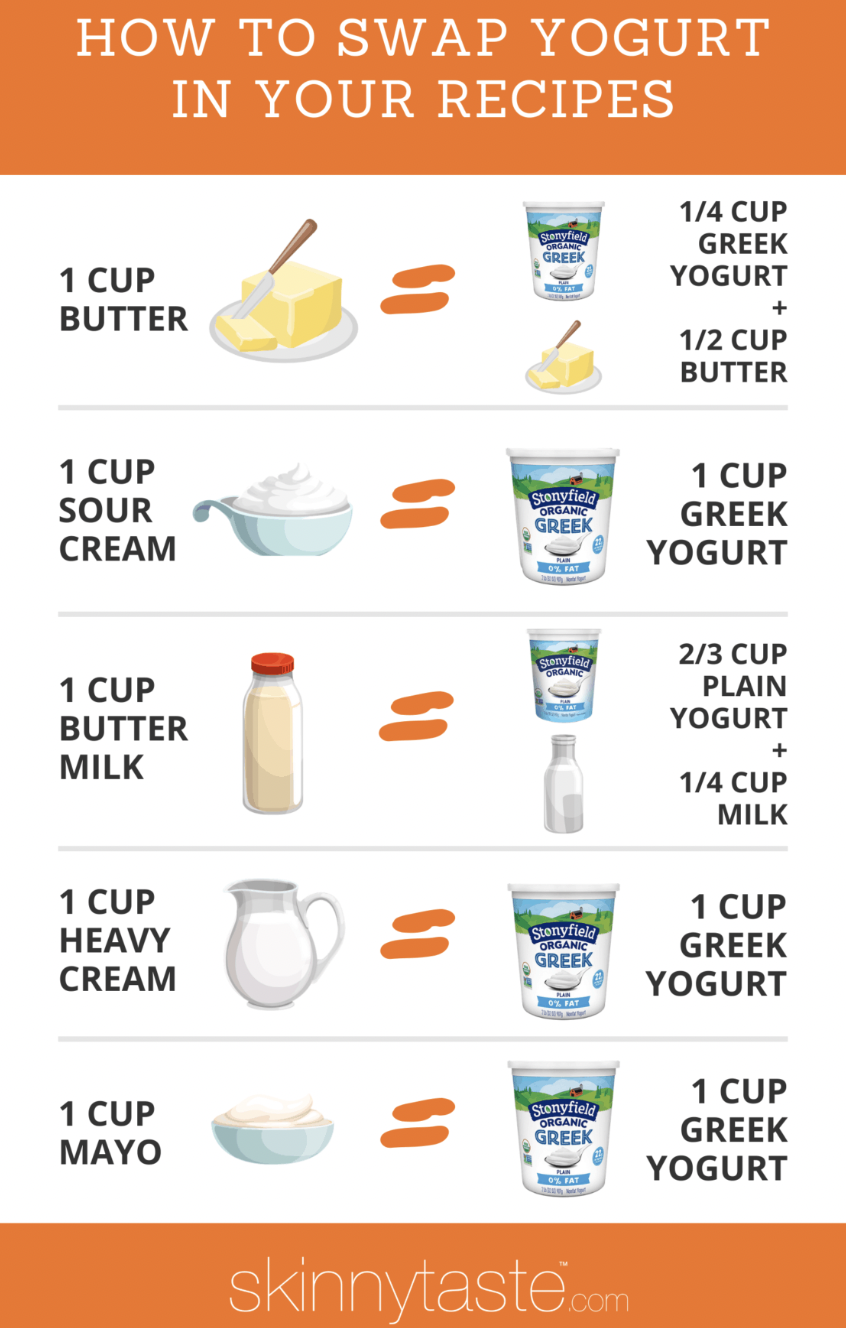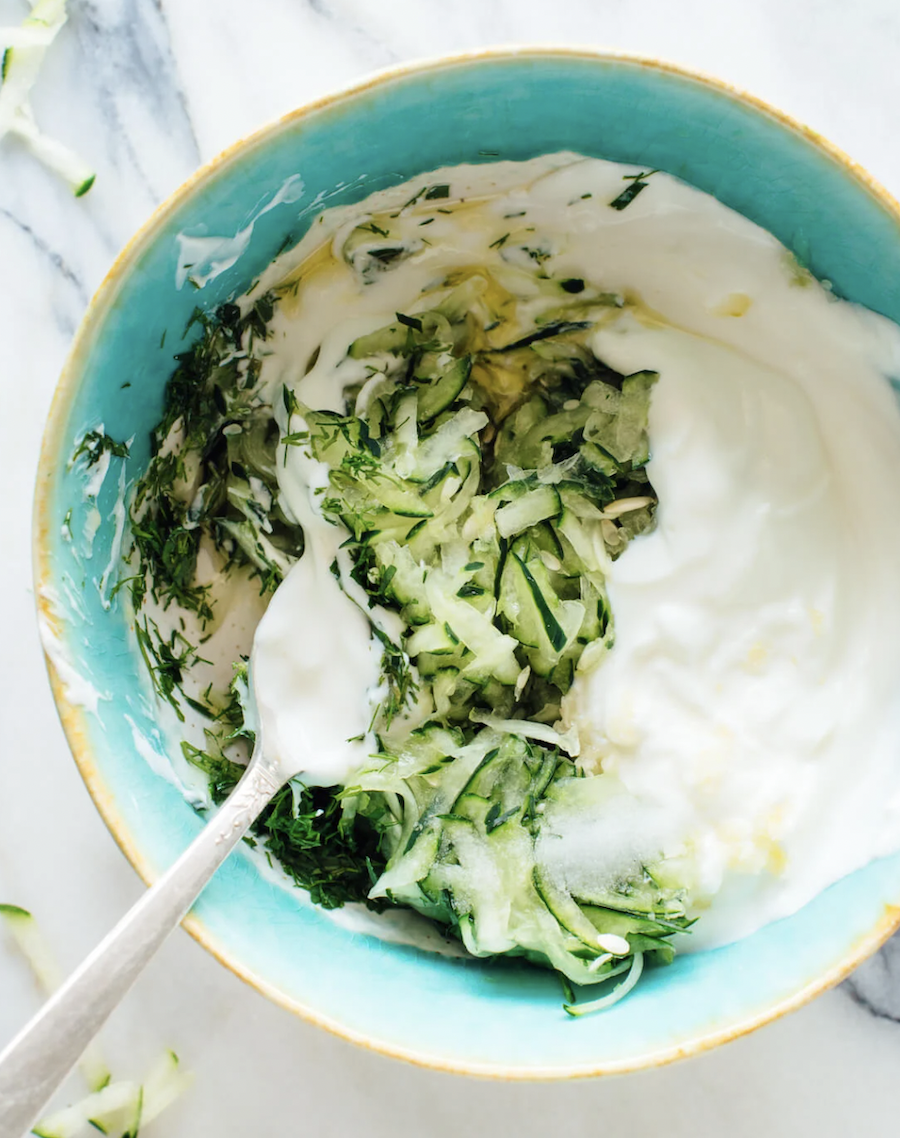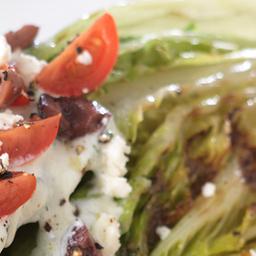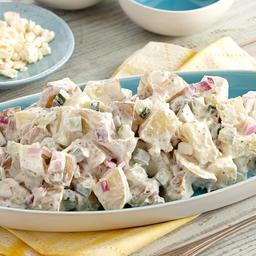
The power of marketing strikes again! Yep, did you know that Greek yogurt is regular yogurt that has been strained? Greeks call it straggisto (strained yogurt). It’s that simple. And wait for it…strained yogurt might not have originated in Greece! Historians believe it to be a Mesopotamian invention from around 5000 BCE. The same method for making Greek yogurt was used all over the Mediterranean and Middle East, not just in Greece. Simply made, yogurt is fermented milk. The yogurts we find in our stores today are mostly made with cow’s milk, but yogurt can be made with all kinds of milk from sheep, goats, yaks or even a camels. Straining the excess fluid, know as the whey, results in a more dense consistency, now known as Greek yogurt.
When the company, Fage, introduced their strained yogurt to the US market, they called it “Greek” to differentiate from the other yogurts on the grocery shelves. The Greek company marketed their yogurt as a healthy Mediterranean food originating in Greece. It didn’t really gain popularity until Chobani also called their strained yogurt, “Greek.” Americans now associate the name with the dense tasty yogurt we know and love today.
Advertisers haven’t been wrong in promoting the health benefits of Greek yogurt. Both plain and Greek yogurt are high in protein, calcium and probiotics (the good bacteria that help keep your gut healthy).  But Greek yogurt has almost twice the protein of regular yogurt and is generally lower in sugar and sodium. It’s a great source of Vitamin A, Vitamin B12, potassium and magnesium. Plus, Greek yogurt provides nearly half the recommended daily amount of iodine, which supports healthy thyroid function and a strong immune system.
But Greek yogurt has almost twice the protein of regular yogurt and is generally lower in sugar and sodium. It’s a great source of Vitamin A, Vitamin B12, potassium and magnesium. Plus, Greek yogurt provides nearly half the recommended daily amount of iodine, which supports healthy thyroid function and a strong immune system.
Unfortunately, marketing companies will encourage you to buy yogurts that have added ingredients, like “fruit-on-the bottom”, that dramatically increase the sugar content than if you added your own flavorings. Some varieties even contain artificial colors, flavors, artificial sweeteners, and even artificial thickeners. No thanks!
Greek yogurt can be enjoyed in many ways. This tart and creamy substance can be consumed plain, or used in both savory and sweet recipes. Many recipes today specifically call for Greek yogurt, plus it’s an easy and healthy substitute for other cultured dairy products such as buttermilk, mayonnaise, creme fraiche or sour cream. I still use these other dairy products, but if I can substitute probiotic and protein rich Greek yogurt, I consider that a win-win. For example, plain Greek yogurt used in place of sour cream can save me 78 calories and 7 grams of saturated fat (per ¼ cup). And, oh wow, a half cup of mayo has 771 calories vs 110 in whole milk Greek yogurt! Note that the protein in a half cup of Greek yogurt is 10 grams vs 1 in mayonnaise and 2.4 grams in sour cream.
Best Greek Yogurt Tips
Read the Label: Are there added ingredients? For the healthiest choices, the ingredient list should only include the type of milk used (low fat, skim, whole etc) and the types of cultures used to ferment the milk.
Whole vs Skim: If you have chosen a low fat dietary plan, then pick a brand with low or no fat. The higher the fat, the creamier the product, but all of them are creamy and dense.
Look to Substitute: When making marinades, dips, toppings for soups and chili, baking and more, feel confident that substituting with Greek yogurt will provide you with a delicious outcome. Start gradually by substituting one third of the mayo with Greek yogurt in something like your family’s favorite Curry Chicken Salad. Pretty soon, they won’t know the difference!
Note the Flavor: Greek yogurt is tangy and a little tart, so keep this in mind when using as a substitute. Recipes that already include Greek yogurt have taken into account the tart flavor and adjusted accordingly. If you are substituting in a savory recipe, consider adding a little more of the herbs and spices of the recipe. When using in sweet recipes such as cakes or brownies, the result will be slightly less sweet but hardly noticeable.
Keep In the Refrigerator: Greek yogurt is a staple in our house. I keep a large container at all times. If it looks watery, just give it a stir to bring it back to its original creaminess.
Heat Slowly: Yogurt can curdle, so when adding to soups and stews, heat slowly and/or add at the end of cooking for added creaminess.
Fun Fact: Americans spell it ‘yogurt’…in Australia, New Zealand, South Africa and England it’s spelled ‘yoghurt’. The French spell it ‘yaourt’. And the Canadians have blended the English and French spellings into ‘yogourt’!
Great Greek Yogurt Recipes
Search for more delightful recipes in your DinnerTime Recipe Box.
Use the filter function (found on right of your DinnerTime Recipe Box search) to find desserts, main dish, side dishes etc.



